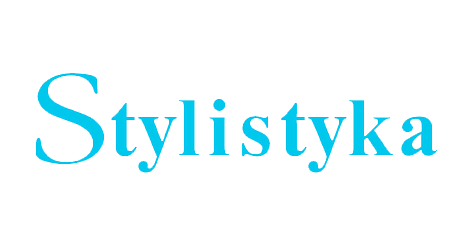

The book by Jan Smid contains vigorous narrative texts full of humorous stories and of dynamic depictions of North American nature. Jan Smid is working with situational and lexical humor (Becka 1946,112-113). Also, Jan Smid is using some possibilities that depend on vertical construction of the narrative texts. The subjective narrator in the book - Nat Jessel is the main character and he is expressing his views on various problems or on the behavior of other persons.
The main source of humor is the Nat Jessel’s life with his lioness Eileen. People, that meet Nat Jessel with Eileen, cannot understand him and they consider life with lioness as very strange. They often say to Nat Jessel for example: “7b vyjste ten blazen, co se toula krajem s tou zlutou potvorou? Po po, co co vy jste to sent privedll" Nat Jessel is experiencing a lot of not only funny, but also unpleasant and dangerous stories caused by Eileen (problems with Samuel Dirty of Enterprise Herald, problems with the sheriff - Nat and Eileen get imprisoned by him). But Nat with Eileen are causing some problems to other characters in the book, too. Samuel Dirty is so frightened by Eileen, that he is sent to hospital. One of Nat Jessel’s friends is frightened by Eileen, because he thinks that Eileen is a name of Nat Jessel’s girlfriend (Nat Jessel told him only that Eileen is sitting in his car, he did not say who Eileen was). The name Eileen (name of the lioness and of Nat’s former girlfriend) is a source of lexical humor. When Nat speaks about Eileen, some people do not know, if he speaks about lioness or about his girlfriend. Jan Smid is using the metaphor, too, as a source of misunderstanding. For example Nat is speaking about lioness, and Mrs. Evelyne Haskett is thinking that he is speaking about some terrible woman (woman = lioness).
By creating humorous stories and humorous situations Jan Smid is using the possibilities of communicative context. He is often using some sentences which are referring to the previous stories and situations (see texts 3, 4, 5 referring to the texts 1, 2).
Pobierz pliki
Zasady cytowania
Licencja

Utwór dostępny jest na licencji Creative Commons Uznanie autorstwa – Użycie niekomercyjne – Na tych samych warunkach 4.0 Międzynarodowe.